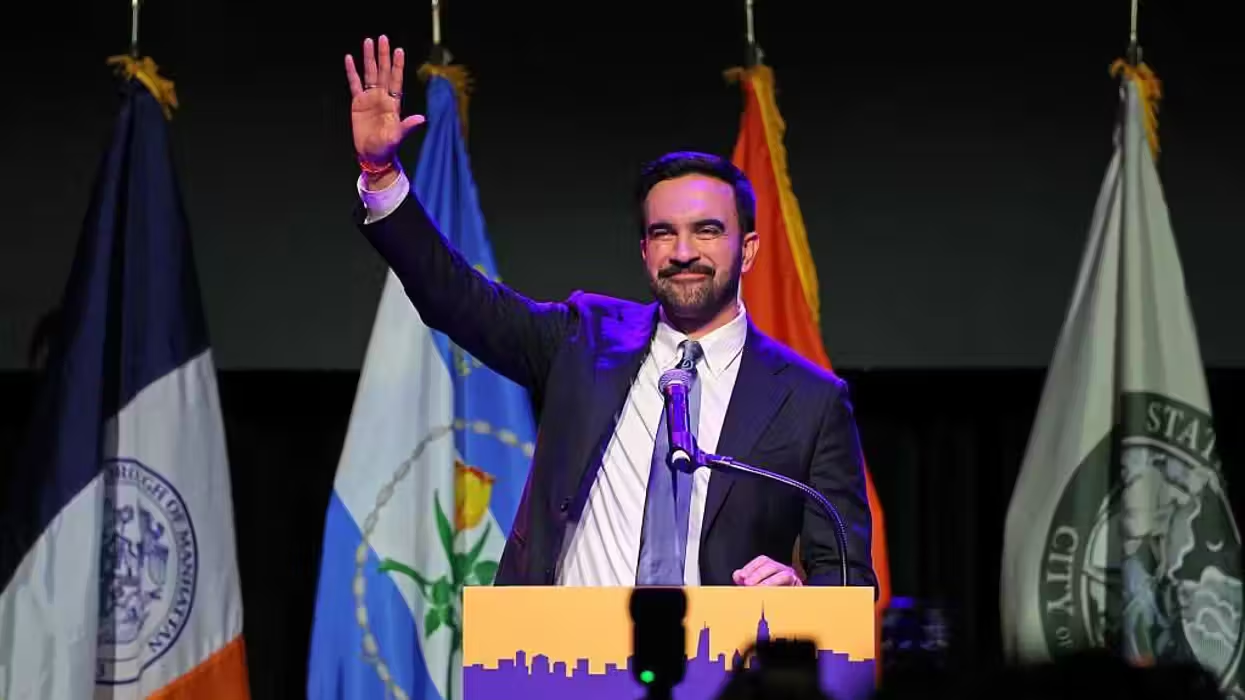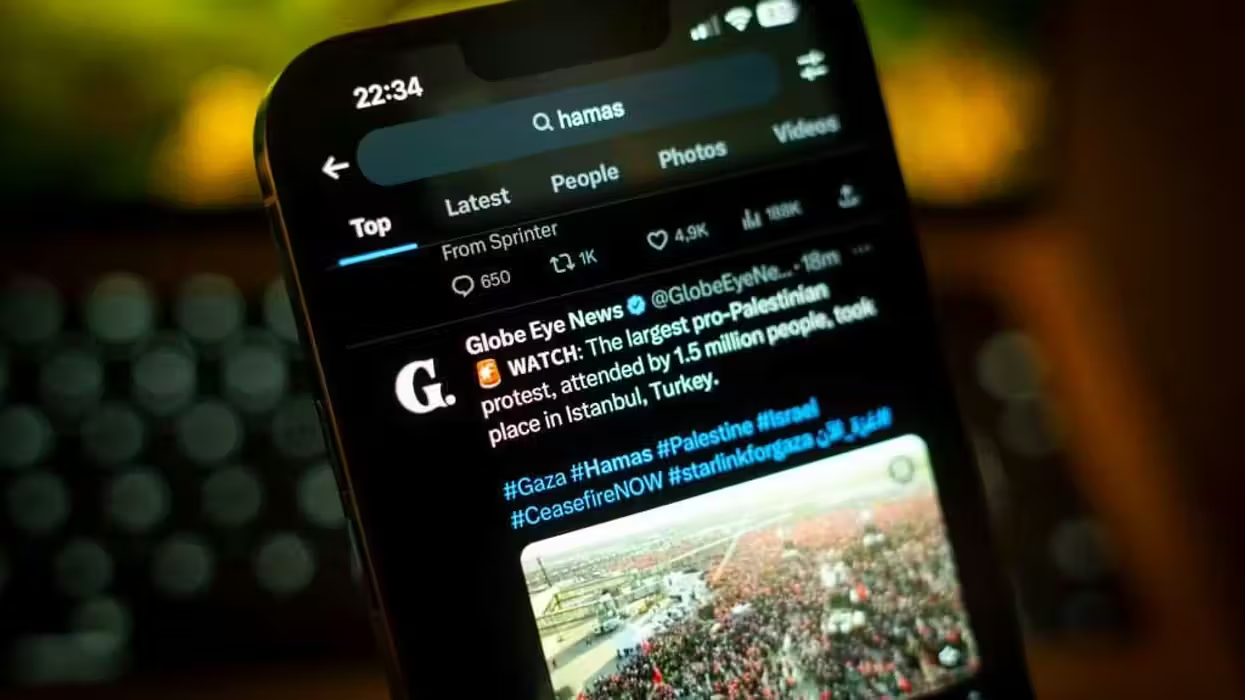
© 2025 Blaze Media LLC. All rights reserved.
Following the Boston Marathon bombings and ensuing manhunt, many speculated that the two chief suspects had become "self-radicalized" -- "lone wolfs" working of their own accord without assistance or training from an organized terrorist network. There is now evidence to suggest that at least one of the suspects may have had ties to radicals, but the notion begs the question: How exactly does one do such a thing? How easy is it for someone to become a "self-radicalized" terrorist?
The Daily Beast's Michael Moynihan decided to find out:
I decided to try an experiment: I would spend seven days creeping through the Internet using disposable IP addresses, inhabiting the milieu of radical sites and Facebook pages. In Manhattan coffee shops, on subway platforms, between tasks at work, I would take up residence in the darkest corners of the Web—and see what I could learn about the fetid swamps where self-made jihadists are allegedly born.
What he found was disturbing, to say the least:
Conclusions?After three days, I was only mildly disturbed—and very much underwhelmed. But as the week went on and I acquired more friends, the online world I was in became more disquieting. A flurry of new connections with ever more extreme Islamists overwhelmed my timeline with pornographic violence. Everywhere I clicked I found religious snuff films masquerading as “battlefield updates” and snippets of footage from Syria, accompanied by the droning chants of Allahu akbar every time a weapon was discharged. Gruesome images of the recently “martyred”—in Syria, Burma, Afghanistan, Iraq—were swapped and shared like baseball cards.
The constant on my feed—the thing that made me long for the Facebook where high-school friends squabbled about the efficacy of gun control legislation—was ceaseless images of dead children, mostly killed by Syrian President Bashar al-Assad. Everywhere I clicked, there were piles of murdered children; their limbs twisted and bloodless faces staring past the camera. With every login, there were dozens more, blurring into one easily recalled composite dead child. I took to squinting at my laptop, deliberately blurring my vision; when the fuzzy contours of a child appeared, I jerked my head away from the screen and kept scrolling. But when my eyes returned, another lifeless kid was always waiting for me.
After my week among the online jihadists, it seemed unlikely to me that their corner of the Internet could immediately capture an undamaged soul. There were no appeals to reason here, and the content seemed intended for the already converted.
Which is to say: it seemed implausible that the Web had somehow made Tamerlan and Dzhokhar Tsarnaev into jihadists. But it did strike me that the world of online jihad could have had another effect on the Boston bombers: it might well have inured them to violence. The further I crawled down the extremist rabbit hole and the more caved-in skulls and headless corpses I saw, the more I found that my natural revulsion, usually an uncontrollable instinct, was easier to suppress.
Click here to read the whole thing.
Want to leave a tip?
We answer to you. Help keep our content free of advertisers and big tech censorship by leaving a tip today.
Want to join the conversation?
Already a subscriber?
more stories
Sign up for the Blaze newsletter
By signing up, you agree to our Privacy Policy and Terms of Use, and agree to receive content that may sometimes include advertisements. You may opt out at any time.
Related Content
© 2025 Blaze Media LLC. All rights reserved.
Get the stories that matter most delivered directly to your inbox.
By signing up, you agree to our Privacy Policy and Terms of Use, and agree to receive content that may sometimes include advertisements. You may opt out at any time.





